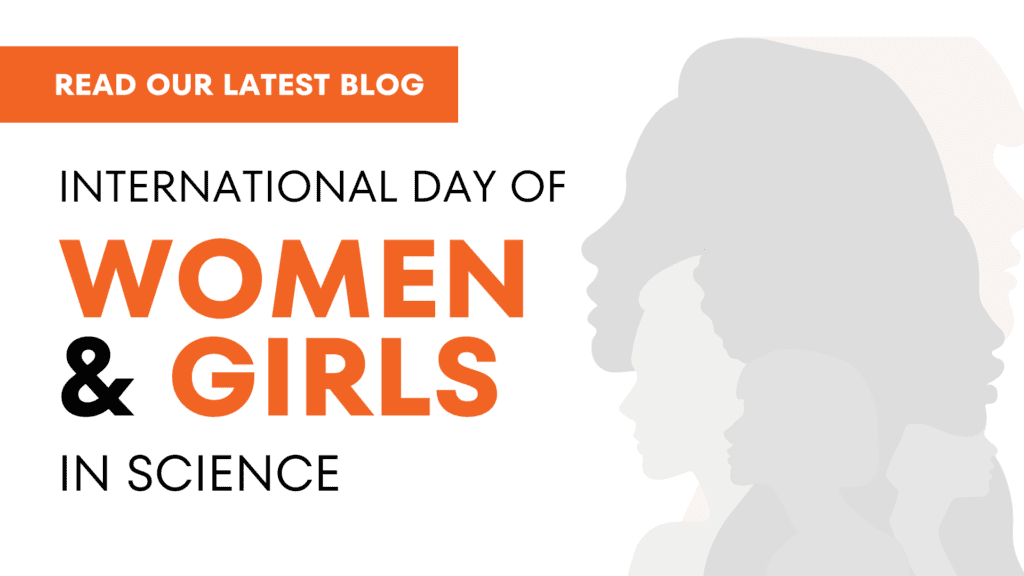
The International Day of Women and Girls in Science is a time to celebrate progress, acknowledge ongoing challenges, and amplify the voices of those who remain underrepresented. While the gender gap in STEM (Science, Technology, Engineering, and Mathematics) is well-documented, the experiences of women from diverse racial, ethnic, and socioeconomic backgrounds often receive less attention. Intersectionality—the idea that multiple social identities overlap to shape unique experiences—plays a critical role in understanding and addressing disparities in science.
The Double Burden: Gender and Racial Bias in STEM
Women in STEM already face systemic challenges, but for women of color and those from marginalized communities, these obstacles are compounded by racial and ethnic biases. Research shows that Black, Latina, and Indigenous women remain underrepresented in scientific fields. According to a National Science Foundation report, women of color make up less than 5% of the workforce in science and engineering roles in the U.S.
Many factors contribute to this gap, including lack of access to early STEM education, limited mentorship opportunities, workplace bias, and the absence of representation in leadership positions. Studies have found that women of color in science often face “imposter syndrome” at higher rates than their white counterparts, stemming from years of exclusion and systemic barriers.
Breaking Barriers: Women Who Paved the Way
Despite these challenges, many remarkable women have made groundbreaking contributions to science:
- Katherine Johnson (NASA Mathematician) – A pioneer in space exploration, her calculations were critical to the success of early U.S. space missions.
- Dr. Mae Jemison (Astronaut, Engineer, Physician) – The first Black woman in space, she has worked to advance STEM education for young girls.
- Dr. Ellen Ochoa (Astronaut, Engineer) – The first Latina astronaut, she later became the first Hispanic director of NASA’s Johnson Space Center.
- Dr. Tu Youyou (Pharmaceutical Scientist) – A Chinese scientist whose research led to the development of antimalarial treatments that have saved millions of lives.
Their contributions not only advanced science but also paved the way for future generations of women of color in STEM.
The Importance of Representation and Mentorship
One of the most effective ways to break down barriers is through representation and mentorship. Studies show that when young girls see women who look like them excelling in science, they are more likely to envision a future in STEM. Organizations like Black Girls Code, Latinas in STEM, and The Society of Women Engineers are working to provide mentorship, scholarships, and career opportunities for underrepresented women.
Mentorship also plays a crucial role in retention—women in STEM are more likely to persist in their careers when they have access to supportive networks. Companies and institutions must prioritize diverse hiring, equitable opportunities, and inclusive environments to retain talented women of color in scientific fields.
A Call to Action: Creating a More Inclusive Future
Addressing the intersectionality of race, gender, and socioeconomic background in science requires systemic change. This means reforming STEM education, investing in outreach programs, advocating for workplace diversity, and ensuring that underrepresented voices are heard.
On this International Day of Women and Girls in Science, let’s commit to amplifying diverse voices, removing barriers, and creating a future where every woman—regardless of background—has the opportunity to lead, innovate, and thrive in science.




